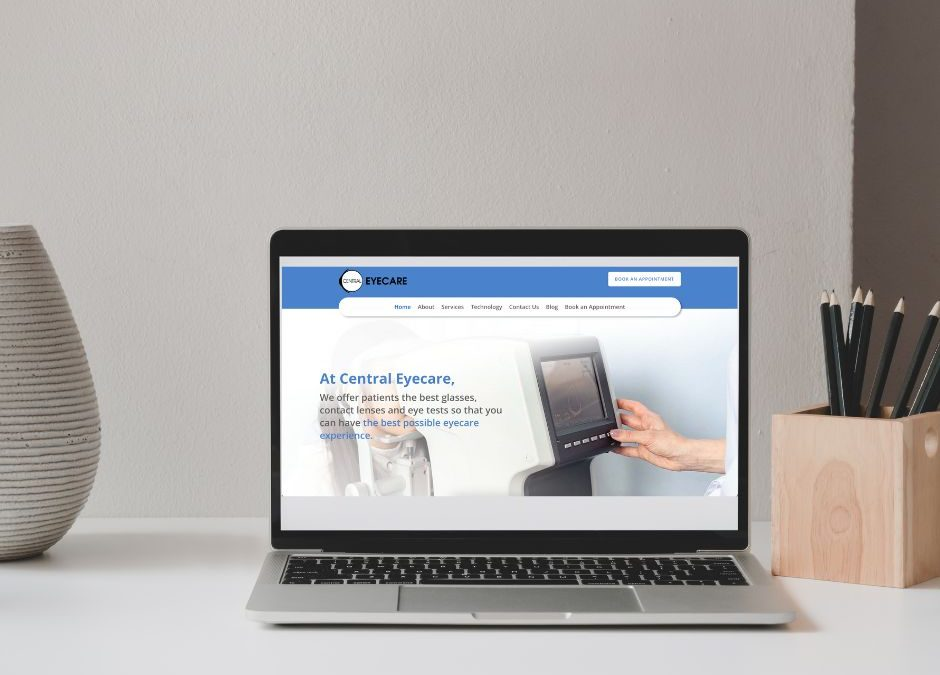
Are you interested in integrating a WordPress widget into the header of your website?
Widgets offer a convenient way to insert content blocks into specific sections of your theme. However, it’s important to note that not all themes come equipped with a header widget area.
Within the context of this article, we will guide you through the process of effortlessly adding a WordPress widget to your website header.
The Rationale Behind Adding a Header Widget to Your WordPress Site The website header stands as one of the initial elements your site visitors encounter upon arriving at your WordPress website. The inclusion of a WordPress widget in your header empowers you to enhance this area for the purpose of captivating reader attention.
Typically, website headers consist of a customized logo and a navigation menu that facilitates visitor navigation across your website.
In addition to these standard components, you have the option to integrate a header widget either above or below the aforementioned elements. This widget can showcase valuable content, banner advertisements, time-sensitive promotions, concise forms, and more.
As an example, here at WPBeginner, we feature a call to action in the header just below the navigation menu.
While many WordPress themes offer widget-ready zones in the sidebar and footer sections of a site, it’s worth noting that not all themes incorporate widget-ready areas within the header.
Without further ado, let’s delve into the process of adding a WordPress widget to your website header within your existing theme. Utilize the following quick links to navigate directly to your preferred method.
Adding a WordPress Widget to Your Website Header via WordPress Theme Settings
Numerous premium WordPress themes encompass a dedicated header widget area that can be personalized according to your preferences.
To initiate the process, it is imperative to determine whether your current WordPress theme supports a header widget area. This can be accomplished by accessing the WordPress theme customizer or the widget area within your WordPress admin panel. To proceed, navigate to “Appearance” » “Customize” and inspect whether there exists an option to modify the header.
For instance, in the case of the free Astra theme, there is a feature labeled ‘Header Builder.’ While we will demonstrate its utilization within the context of Astra, it’s essential to recognize that the presentation may differ based on your chosen theme.
Upon clicking this option, you will be directed to a screen for header customization and widget inclusion.
Towards the bottom of the screen, comprehensive header customization, along with the sections above and below it, is attainable. By hovering over an empty space and selecting the ‘Plus’ icon, you can engage in the addition of content.
This action triggers a popup menu, from which you can opt for ‘Widget 1.’
While there exist additional alternatives, selecting one of the ‘Widget’ options is necessary to establish the header’s widget readiness.
To incorporate a widget area into your header, tap the ‘Widget 1’ box within the header customizer segment.
Subsequently, an option to add a widget emerges.
Following this, utilize the ‘Plus’ add block icon situated in the left-hand menu.
This step triggers a popup menu that facilitates the selection of a widget to be included in the header.
The customization of your header can be extended, allowing for the incorporation of multiple widgets as desired.
Upon completion, ensure that you click the ‘Publish’ button to save your alterations.
Now you can observe your header region adorned with the widget or widgets you have integrated.
Not Using the Astra Theme?
An alternate approach to ascertain whether your theme features a header widget involves navigating to “Appearance” » “Widgets” within your WordPress admin panel.
Subsequently, evaluate whether a widget section denoted as ‘Header’ or a similar label is present.
In the event that such a section exists, simply select the ‘Plus’ add block icon to unveil the widgets menu.
This will enable you to effortlessly append the desired widget by merely clicking on it.
